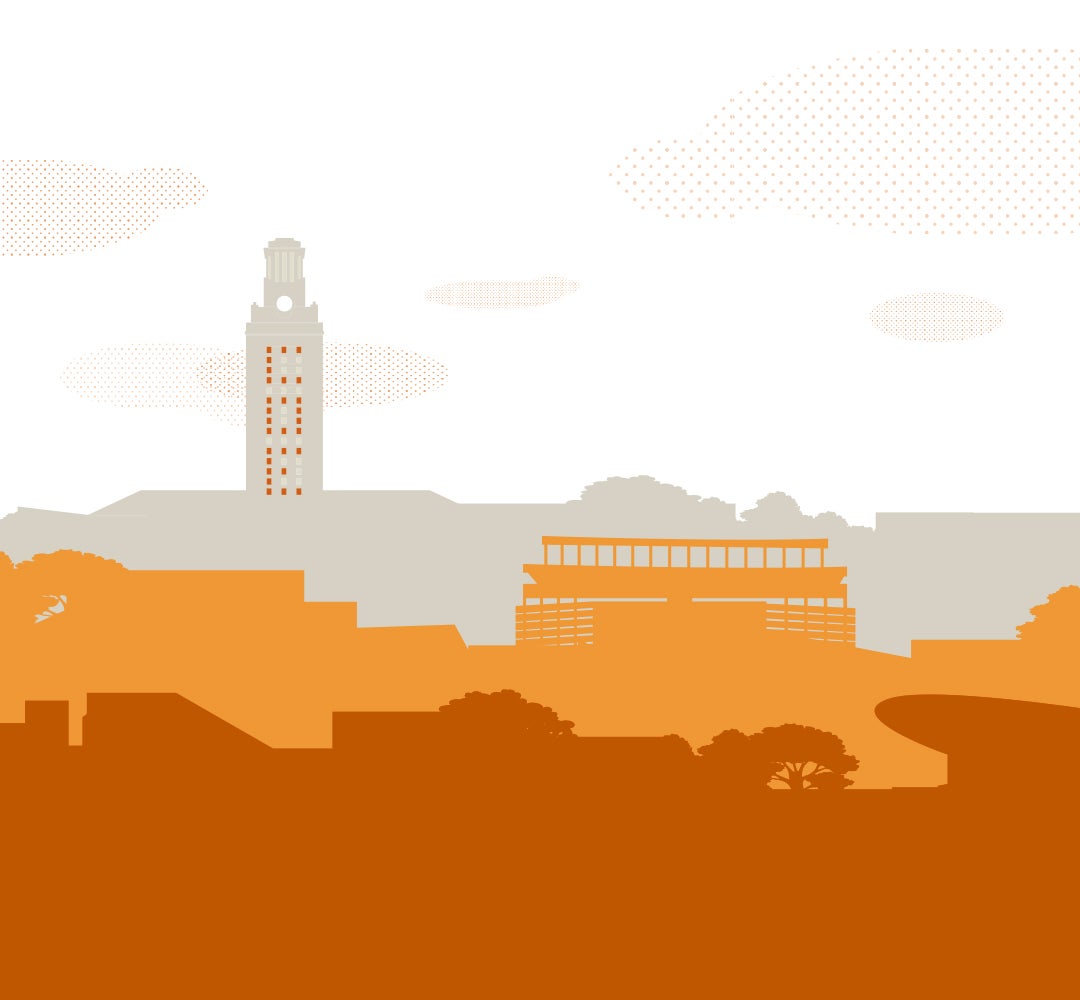Elena Winzeler

M.A. in Curriculum and Instruction, 2016
I taught English in Spain for two years and through this experience, I became acutely aware of two things 1) the growing presence of technology in education and 2) the enormous problem of ensuring its effective use. Spain had a 1-1 laptop program, but I observed that the training teachers received was inadequate to allow them to effectively integrate the laptops into their teaching practices. My takeaway was that the application of technology to education was a worthy challenge that would only increase in relevance, and I wanted to be a part of generating creative solutions for it.
Upon returning to the US, I took up a position as a research assistant at the Children’s Learning Institute, part of UTHealth. There, again, technology played a role—I was working to develop a computer-adaptive test of children’s early literacy skills. This time my career insight came in understanding how I preferred to work; while I loved the feeling of contributing new insights to the education field, I felt bogged down by the slow pace of research and my limited autonomy as a research assistant. I realized I wanted a career in which I would have creative freedom and the ability to make tangible impacts on society. I wanted to be a designer.
Instructional design combined my passion for education with the working conditions that I found most rewarding. I did my research and realized job prospects would be slim without a graduate degree, so I set off to find the right program for me.
Why UT?
I chose to attend UT Austin in large part due to its strategic position in the heart of “Silicon Hills.” My goal upon getting my degree was to work in the industry, rather than schools or academia, and there seemed to be no better place to be than Austin, which has not just a thriving tech community, but specifically a thriving ed-tech community, thanks in part to its strong higher education institutions.
Once I joined the program, I realized how lucky I was in my choice. The Learning Technologies program afforded me so many fantastic opportunities outside of the classes, which were themselves extremely rewarding. I worked on the Alien Rescue research team, helping to design a problem-based 3D immersive learning environment for sixth-grade science and accompanying teacher support materials, including a teacher’s dashboard, for which I received independent study credit. My involvement allowed me the opportunity to co-author a book chapter and several research papers related to the game, one of which I even got to present at the annual meeting of the American Educational Research Association. I also completed an instructional design internship at Whole Foods Market and served as a graduate research assistant, using my newly learned Adobe Captivate skills to create a technology-based reading intervention for middle school students. Without a doubt, these hands-on experiences strengthened my resume when I began searching for instructional design positions.
Life after UT
During my grad program, I was fortunate enough to start working as a Learning Experience Designer at Six Red Marbles. At SRM, I designed learning solutions—from individual media assets to courses to entire programs—for clients in K-12 and higher education and corporate training. With each project having its own client, target audience, technologies, and requirements, I quickly gained a diverse array of experiences that helped me understand my strengths and preferences. For those who may not know exactly where they want to take their careers, I recommend a services company with a broad client base like SRM where you can try out many different career paths in a single organization!
Now I manage a team of Learning Experience Designers and a portfolio of projects, with accountability for client relationships, product vision, and project success.
Advice for Students
This program provides so many opportunities, from valuable courses to great networking to opportunities to participate in research, internships, and independent study. Whatever professional goals brought you to the program, keep those at the forefront of everything you do, which will help maintain your focus and motivation.
At the same time, don’t forget that you’re in the program to learn new things, so make sure you explore along the way. Cherish this opportunity to learn and think deeply. Now that I’m out of grad school, I realize just how special it is to be a part of a learning community with constant exposure to new ideas.
Your grad school experience is yours to design, and you’ll get out what you put in.

